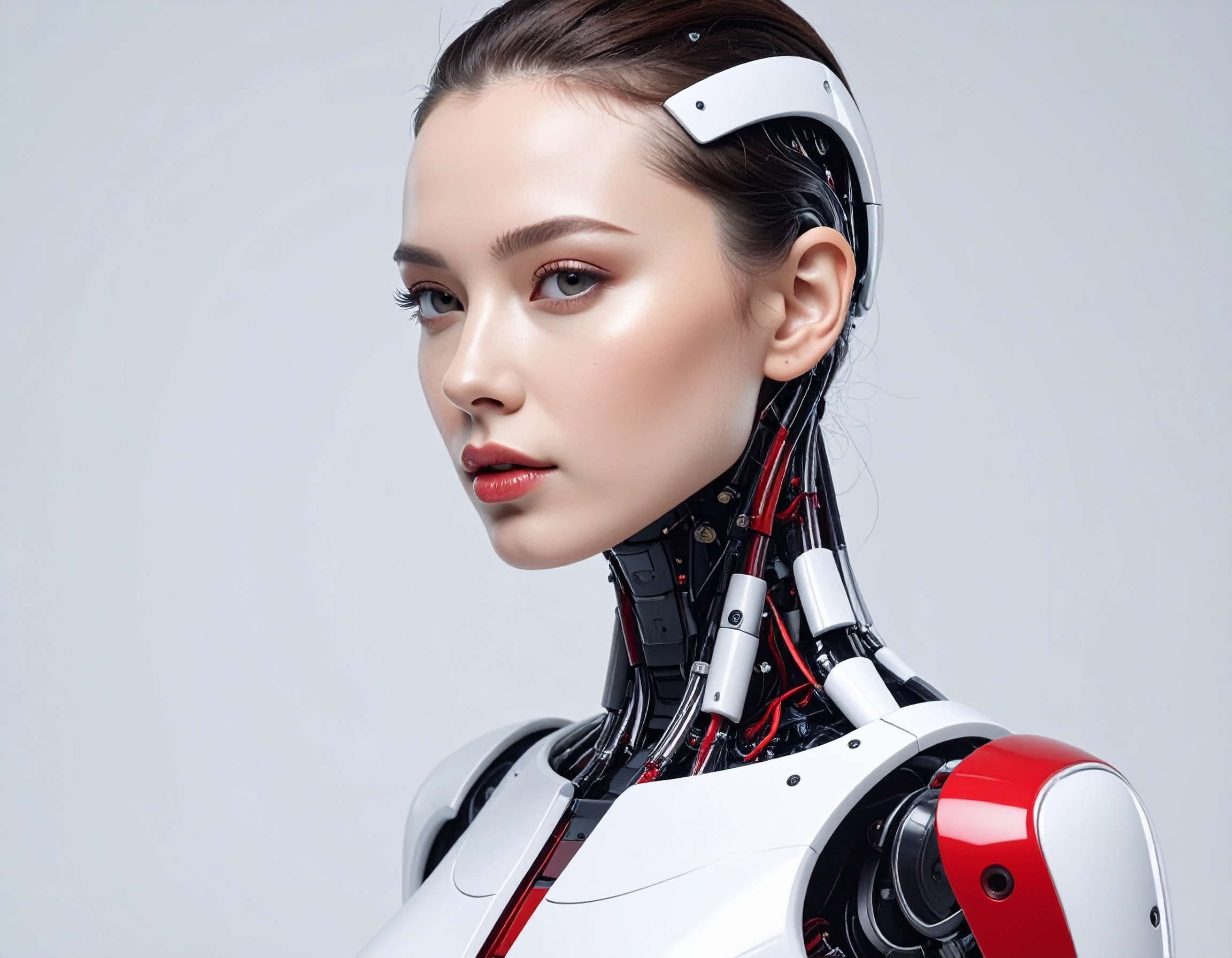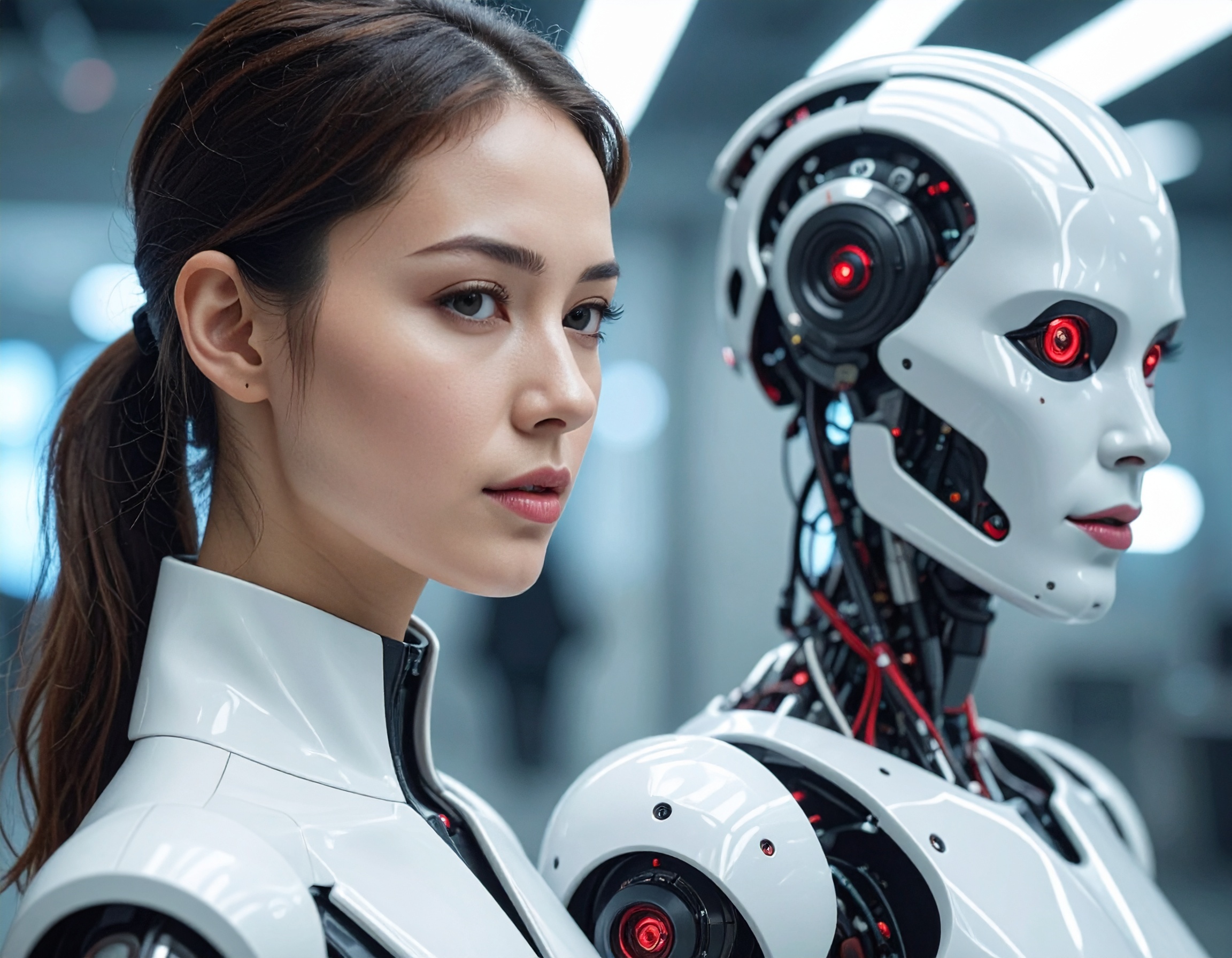China’s New Wave of Non-Human Workers: AI Employee Boom and Voice AI Agents Take Center Stage

What Happened and When
In mid-September 2025, China made several high-profile moves in artificial intelligence, robotics, and voice-powered agents, signaling that its technology sector is accelerating fast. Key developments included the release of new AI apps, large robot deals, and shifts in how major Chinese firms are building their AI infrastructure.
Key Moves and Examples
- Meituan launches voice-enabled agent app “Xiaomei”
Meituan introduced an app powered by its “LongCat” large model. The app lets users order food and book restaurants by speaking — a clear example of Voice AI Agents being deployed in consumer services. - Mass order of humanoid robots by UBTech
Robotics firm UBTech secured a contract worth about RMB 250 million (≈ USD 35 million) for its Walker S2 humanoid robots — claimed to be the “world’s largest order” of such robots. Deliveries will begin later in 2025. - Ant Group’s humanoid robot R1 unveiled
Ant Group revealed its first humanoid robot, named R1, which is designed to handle tasks ranging from cooking to medical assistance. Like other advances, it runs on Ant’s proprietary large AI model. - China narrowing the AI gap with the US
According to a report by CITIC CLSA, China has closed its lead gap with the US in AI development to about three months. This is attributed to fast model iteration, open-source model advances, and increased focus on local chip development. However, China still trails in high-end semiconductor manufacturing.

Why It Matters
These developments show China is moving from theory to large-scale deployment of AI Employees and non-human workers — not just experiments or prototypes. Voice AI Agents like Meituan’s Xiaomei are changing how consumers interact with services, while humanoid robots are being ordered and deployed — suggesting that robots may soon become more common in logistics, service, or even healthcare.
China’s push toward self-designed chips (for example by Alibaba and Baidu) also reflects a strategy to reduce dependence on foreign hardware (like Nvidia), especially under geopolitical pressure. This is important because hardware constraints remain one of the biggest barriers to advancing AI capabilities.
Broader Implications
- Speed of innovation: The announcements show China iterating fast with large models, robotics, and embodied intelligence.
- Economic and global stakes: As Chinese firms scale up, they gain more influence in global AI/robotics markets.
- Technology sovereignty: Domestic chip development is becoming increasingly central to China’s strategy, reflecting concerns over supply chains and geopolitical risk.
Key Highlights:
- Deployment of Voice AI Agents (Meituan’s Xiaomei) for ordering by voice.
- A massive order (≈ USD 35 million) for humanoid robots from UBTech.
- Introduction of Ant Group’s humanoid robot R1 for diverse service tasks.
- China closing AI lead over US to about three months, despite remaining gaps in semiconductor capabilities.
- Growing trend toward AI Employees and non-human workers in real-world applications, not just labs.
Reference:
https://kr-asia.com/china-recap-ai-and-robots-take-center-stage


